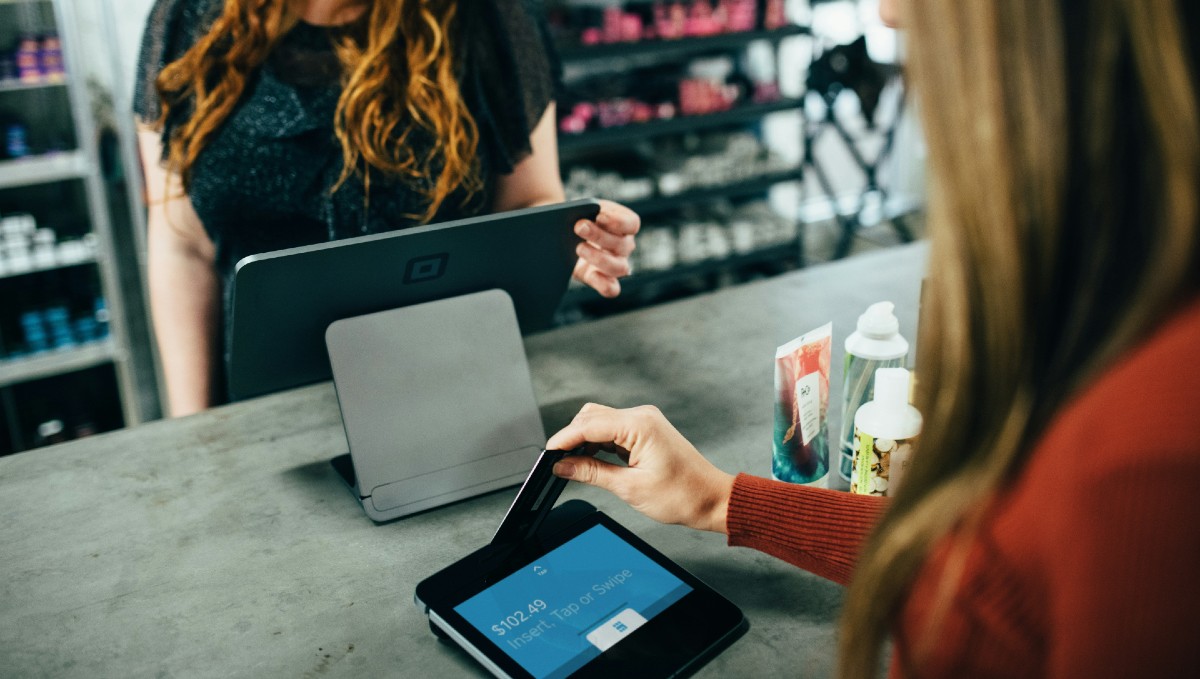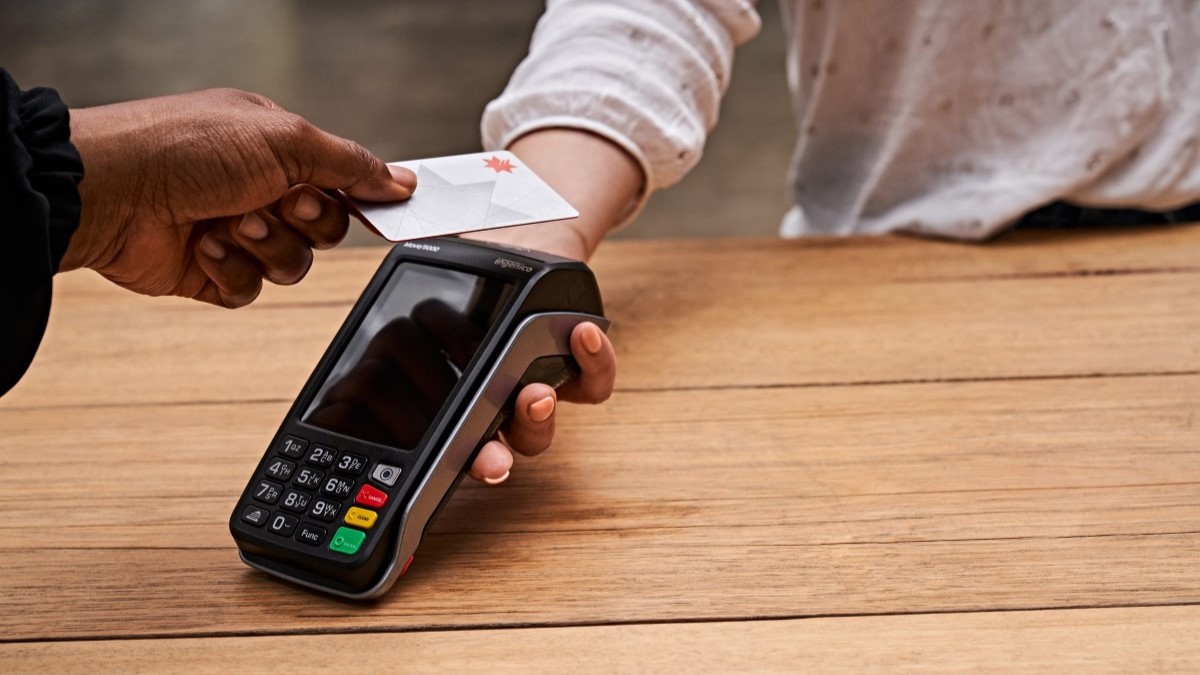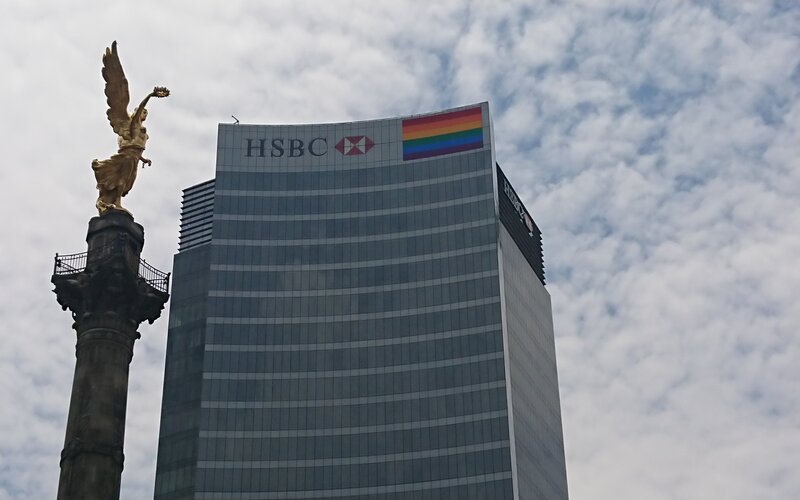The NPP celebrated its anniversary by releasing some key statistics as to how it’s performing.
More than 2.5 million PayIDs have been created – these PayIDs involve using either your phone number or bank account to make and receive payments, rather than a complicated account number.
One million of these accounts were created after the first four week’s of the NPP’s public launch.
In total, the NPP estimated that 90 million transactions worth more than $75 billion dollars have been made, most of which have been person-to-person.
The largest single transaction was $17 million dollars, which may have been made between two organisations.
Why was the NPP created?
The NPP was created following a Reserve Bank review of innovation in the payments system, which was designed to address key objectives:
- Allow users to make real-time payments;
- Send more complete remittance information with payments;
- Address payments in a relatively simple way
- Receive payments outside normal business hours
Following this review, 12 organisations (not including the Reserve Bank) committed to funding and building the NPP to meet these objectives, including:
- The Big Four – ANZ, Commonwealth Bank, NAB and Westpac
- Bendigo Bank
- Citi
- ING
- Macquarie Bank
- HSBC
Most of the 75 banks offering NPP services do so through Osko, which sees about 1.9 million payments processed every week.
Back in February 2018, RBA Governor Philip Lowe said: “The public launch of the NPP represents the delivery of a major piece of national infrastructure.”
Adrian Lovney, CEO of New Payments Platform Australia, also referred to the NPP as “a significant milestone, bringing a world-class payments platform to Australia”.
“Osko will be the first product that will bring the Platform’s capabilities to life – it will be great to see Osko deliver the Platform’s benefits to Australian consumers and businesses,” he said.
Other payment methods less popular
NPP payments to other people and financial institutions have exponentially increased since its public release, eating up the market share of credit debit and also cheque payments.
According to the Reserve Bank data, there were 619,000 NPP payments made in February 2018 – comparatively, there were:
- 6,402,000 cheques
- 217,149,000 credit transfers
- 106,048,000 debit transfers
But the latest data for December 2018 paints a different picture. More than 12 million NPP payments were made in December 2018, representing a growth of nearly 2,000%.
Debit and credit transfers declined by 36% and 17% respectively.
Debit transfers declined so significantly because a lot of payments that would have been through
Cheques meanwhile are going the way of the dinosaurs, falling in use by 1.5 million year-on-year, which is 24%.
For feedback or queries, email will.jolly@savings.com.au



 Harrison Astbury
Harrison Astbury
 Denise Raward
Denise Raward


 Rachel Horan
Rachel Horan